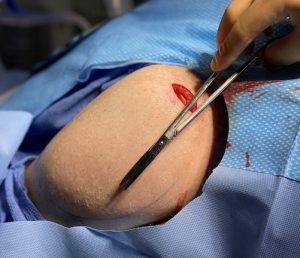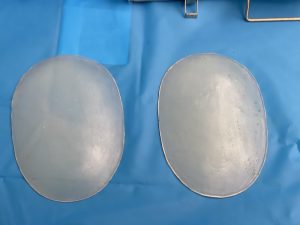For men who seek wider shoulders beyond that of exercise there are three surgical options. The medial bone-based approach is clavicle lengthening while the lateral soft tissue methods include deltoids implants and deltoid fat injections. Each of these shoulder widening methods has their advantages and disadvantages and no method is perfect.
The lateral soft tissue augmentation methods offer a much shorter recovery and their effectiveness is based on enhancing the shape of the shoulder deltoid muscle.The debate between implant vs fat for muscular enhancement is a classic one that exists all over the body. But for those patients that choose deltoid implants, there are two locations in which the implant can be placed. It is either under the muscle (submuscular) or on top of it. (subfascial) Both of these pocket locations have their advocates and both locations can be effective.
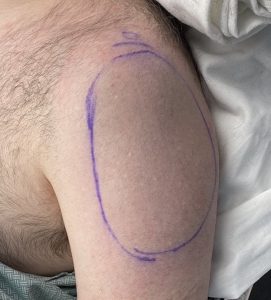
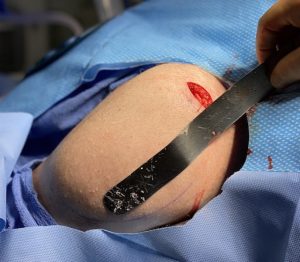


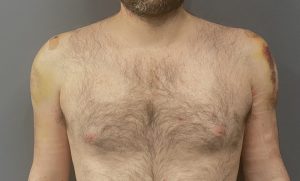
Dr. Barry Eppley
Indianapolis, Indiana




